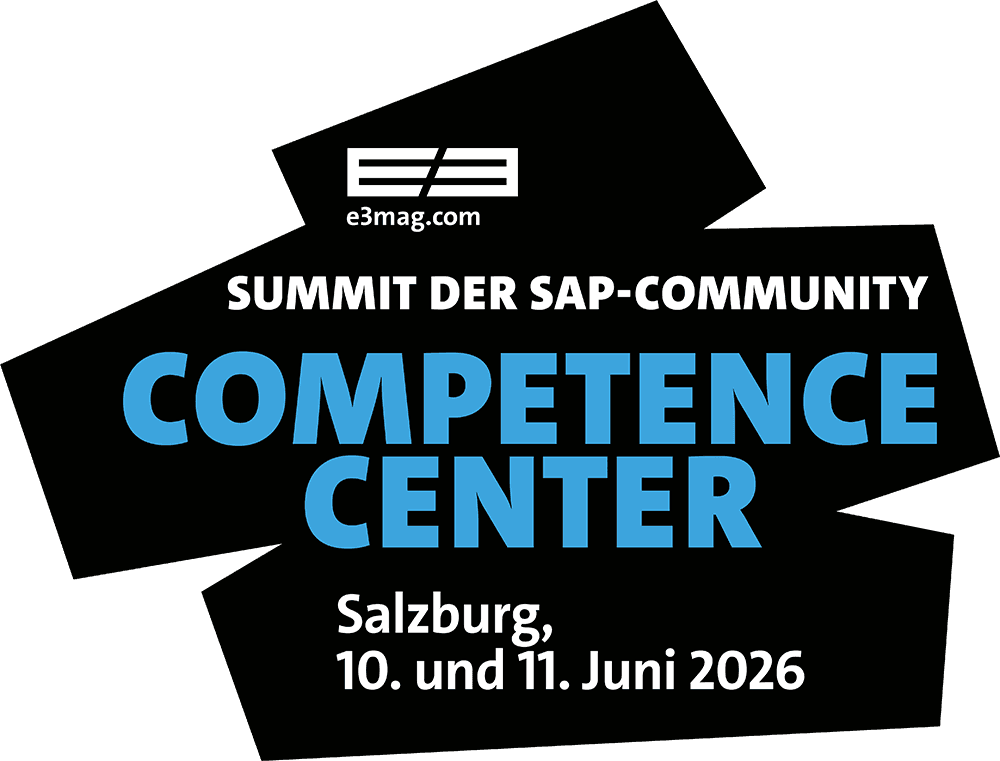Waterfall: SAP Activate
![[shutterstock: 338753396, SUWIT NGAOKAEW]](https://e3mag.com/wp-content/uploads/2020/12/shutterstock_338753396_cmyk.jpg)

Changes to the ERP system are not only very complex projects in themselves, but errors, problems or inadequately communicated changes immediately affect a large number of users. This can have a direct negative impact on the operational business. The market has undergone significant changes in recent years. An ERP transformation is not a project that can be located in IT alone. It affects the entire company.
Of course, IT plays an important role in planning and implementation, but the involvement of the business units as direct participants who create requirements and validate results is also very important. Since architecture and process design are also always strategic decisions, the third area directly involved in the transformation is the higher organizational level of the company.
As a methodological framework for the project management of S/4 Hana customizing, there is the Activate methodology from SAP. Activate is a rough framework consisting of a four-phase model. The individual phases are Prepare, Explore, Realize and Deploy. The Prepare phase includes more general, preparatory tasks. The project manager coordinates and creates a schedule.
In the Explore phase, the delta requirements are then determined in Fit-Gap workshops, i.e., the existing system landscape is compared with SAP's best practices for the respective industry. In the Realize phase, the defined requirements are implemented. Here, project management must ensure that requirements are prioritized and changes are enforced, new requirements are assigned to the right teams, and developments at the interfaces and dependencies between work packages are kept in view and coordinated.
In the last phase, Deploy, the rollout and the transition to operation take place. SAP Activate is basically a waterfall model, the phases run one after the other. However, this approach does not necessarily have to be followed. An adapted, agile approach can certainly have advantages. A cyclical repetition of the phases in waves or sprints makes sense.
The demands on project management in an ERP transformation project are high: The complex process of an ERP platform change requires not only tact, but also flexible prioritization and regular reassessment of the time required and the resources available in the company. Without this, the time frame can otherwise quickly be blown if too much effort is invested in detailed issues too early.
Proactive change management and early and regular communication are equally important. The project management must ensure that the individual areas of the company are actively involved in the transformation at an early stage. It is helpful to use coaching to win over employees at all levels for the changes and to create a positive basic mood.
At the same time, it is important that management uses the available resources correctly and sensibly. It is important to ensure that roles and decision-making processes are defined, but above all that they are understood and lived, and that affected areas can actively participate in shaping the project as stakeholders.
As a practical example, an SAP implementation project at a large retail company: The core of the transformation was the introduction and innovation of various SAP modules. In the course of this project, it became clear how important it is to react flexibly to the many individual circumstances. The approach was based on SAP Activate and the agile approach according to Scrum.
As a general rule, a methodological framework model makes sense, but at the same time there must be individual leeway to adapt it to the respective project and the prerequisites in the company. Pre-projects for S4 implementations also play a role here. These should not only be used to be technically ready, but also to test which agile methods can be used successfully.
This creates the framework for the actual S/4 implementation. In this way, the bridge is built between the methodical approach of SAP Activate and an agile, practical approach. This hybrid technique has proven successful in practice for digital transformation projects.







1 comment
Matthias Weber
Ich halte ein reines Wasserfall-Vorgehen in einem ERP-Projekt mehr als gefährlich. In einer VUCA-Welt kommt es so schnell zur Veränderung, dass die Wasserfall-Methodik einem dann nur abstürzen lässt. Grundsätzlich halte ich einen Wasserfall (die in der Natur) eh für gefährlich. Ich finde dieses Phasen-Modell gar nicht so schlecht – erinnert ein wenig an die QITT-Methode (Qualifizieren, Implementieren, Trainieren, Transformieren). So kann man einzelne Phasen agil (beispielsweise vie Scrum) ordentlich abarbeiten. Jetzt müssen die Entscheider, Unternehmenslenker und Projekt-Manager von Unternehmensseite nur noch sich auf das “Experiment agil” einlassen – den in den Köpfen herrscht oft noch ein gefährlicher Wasserfall …